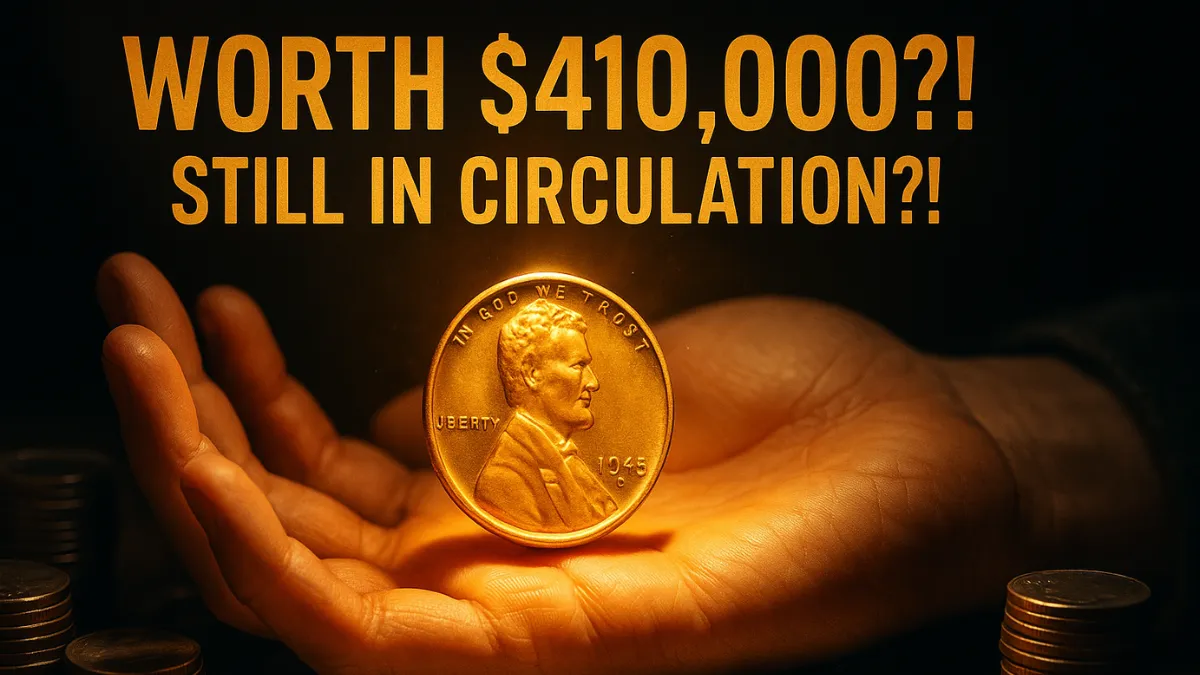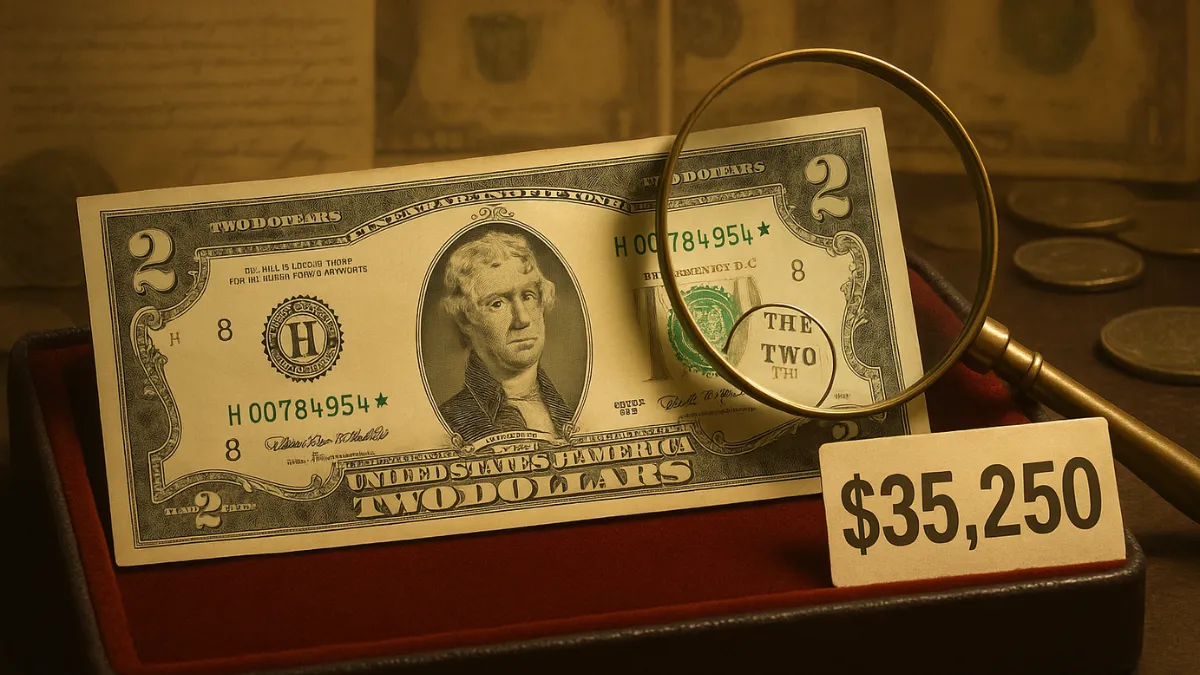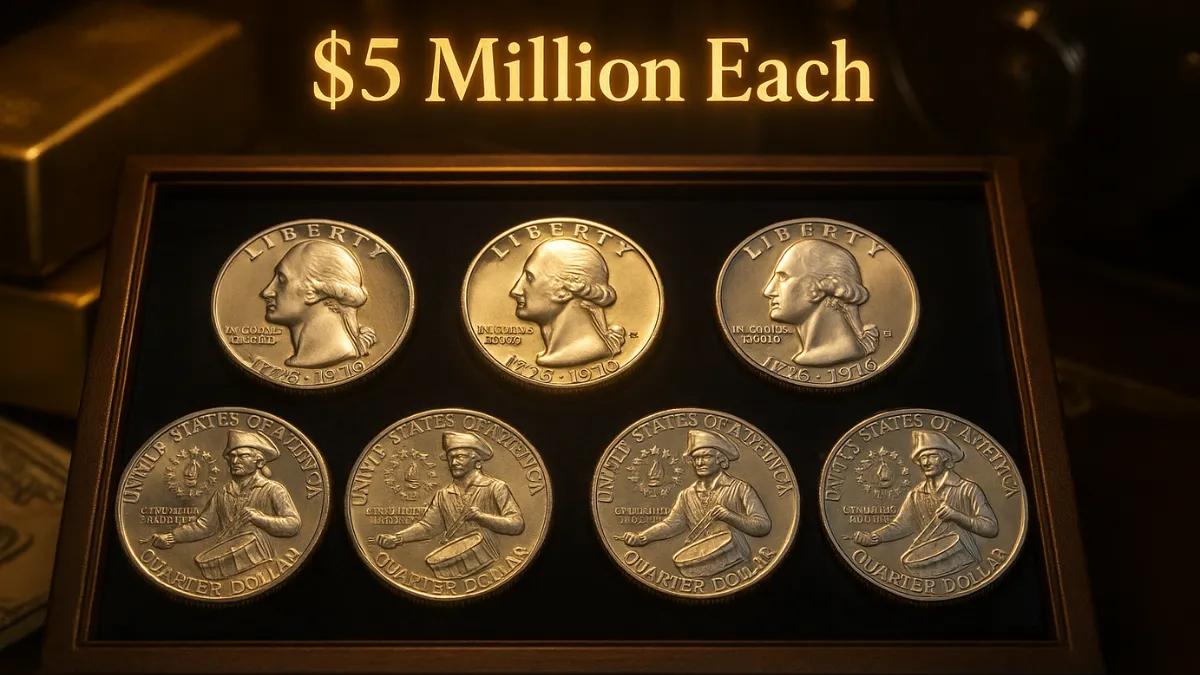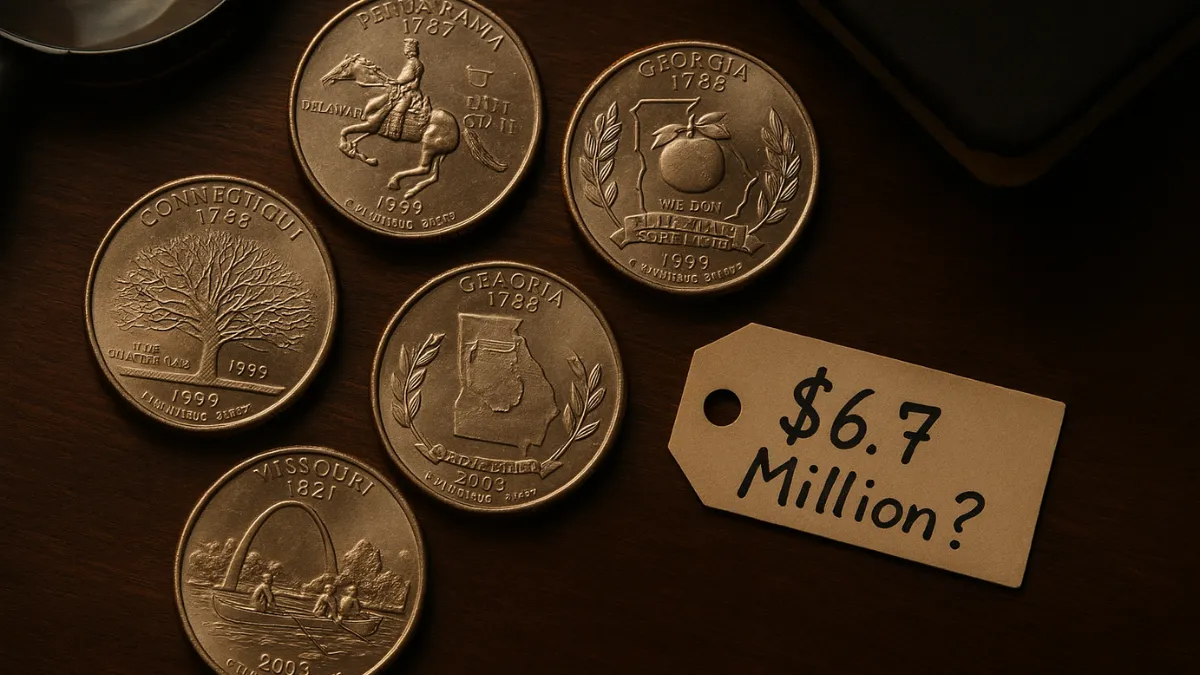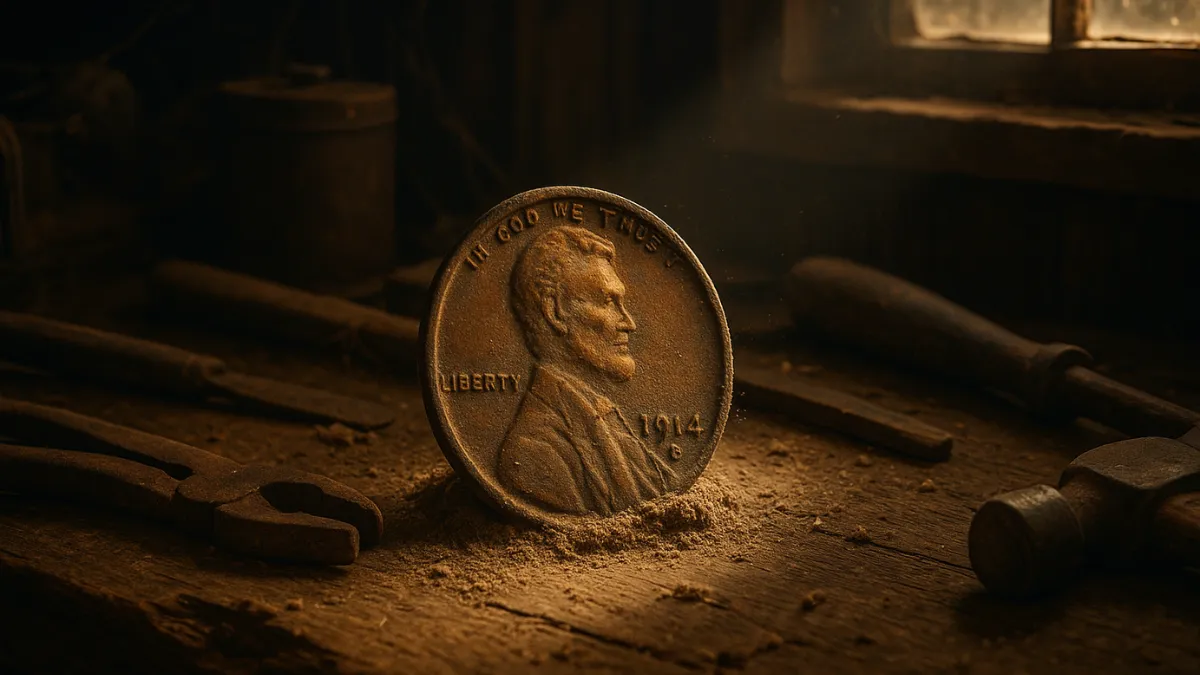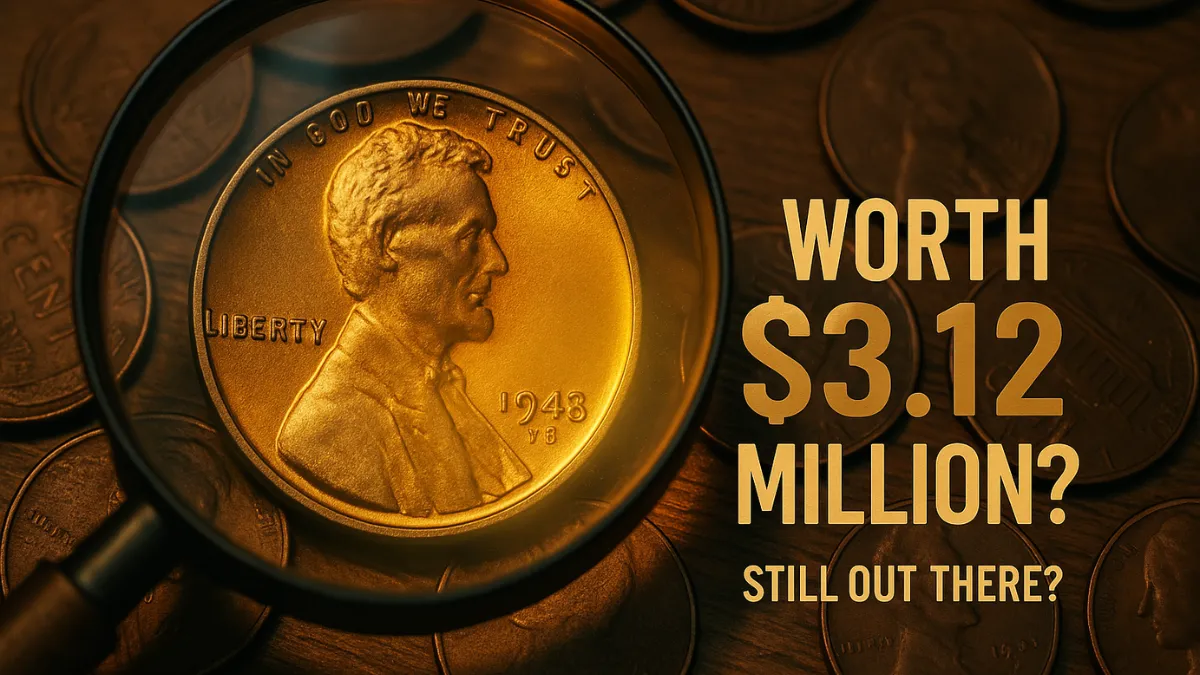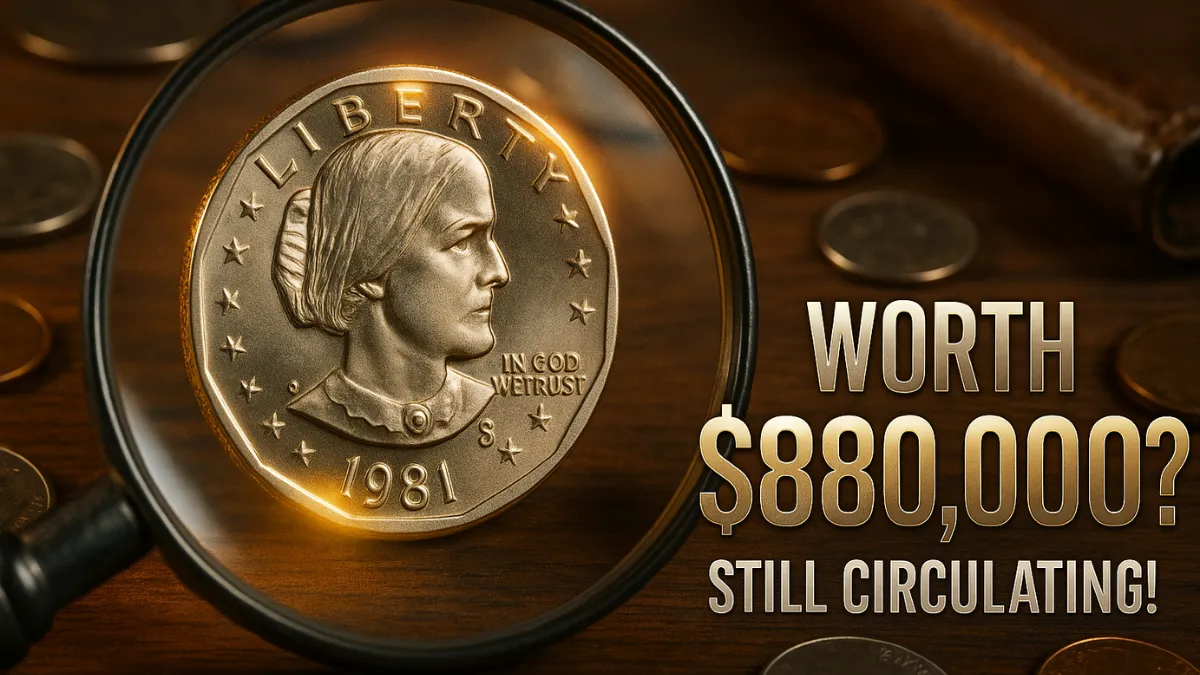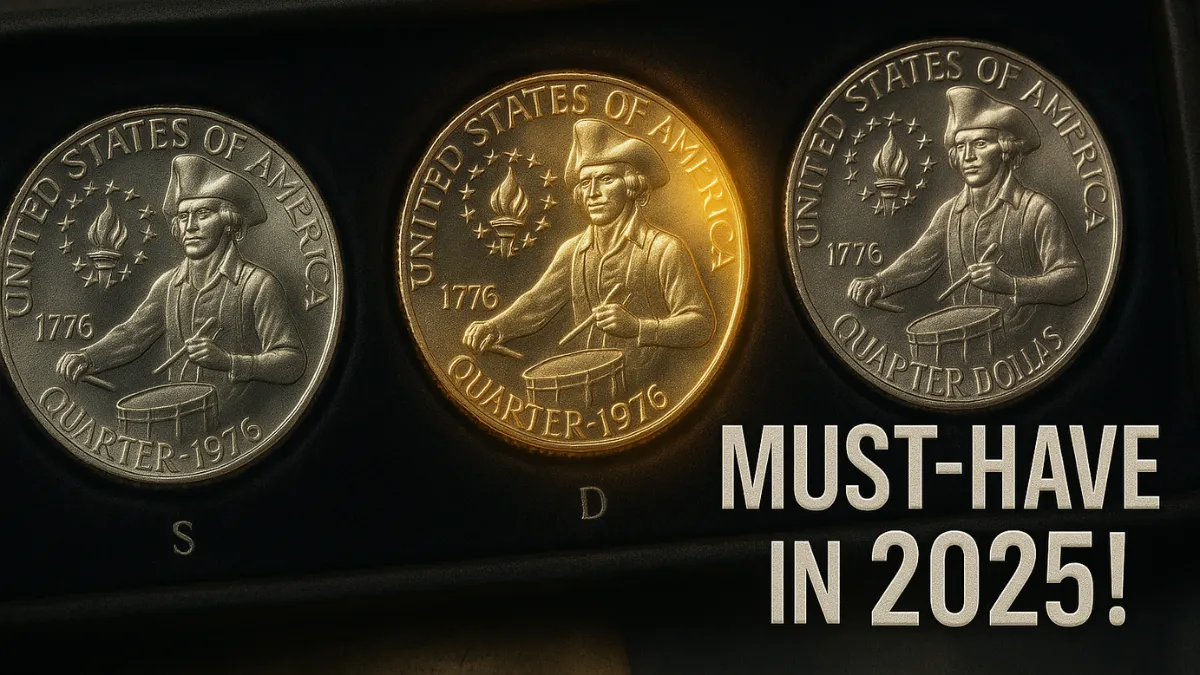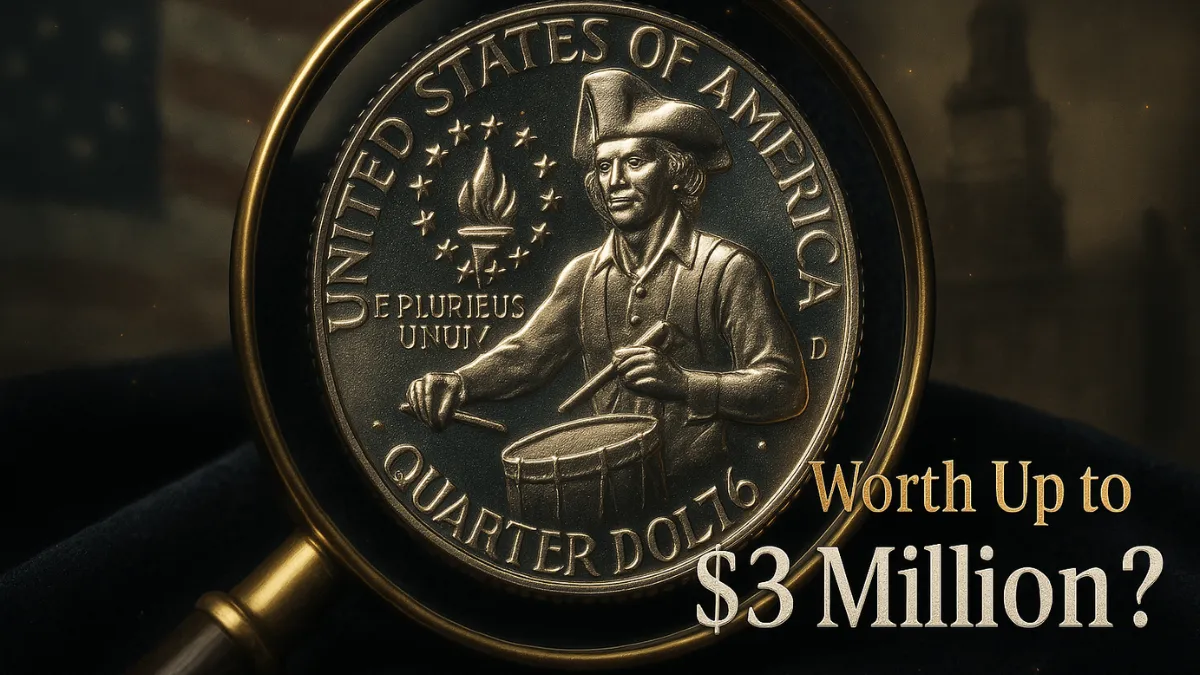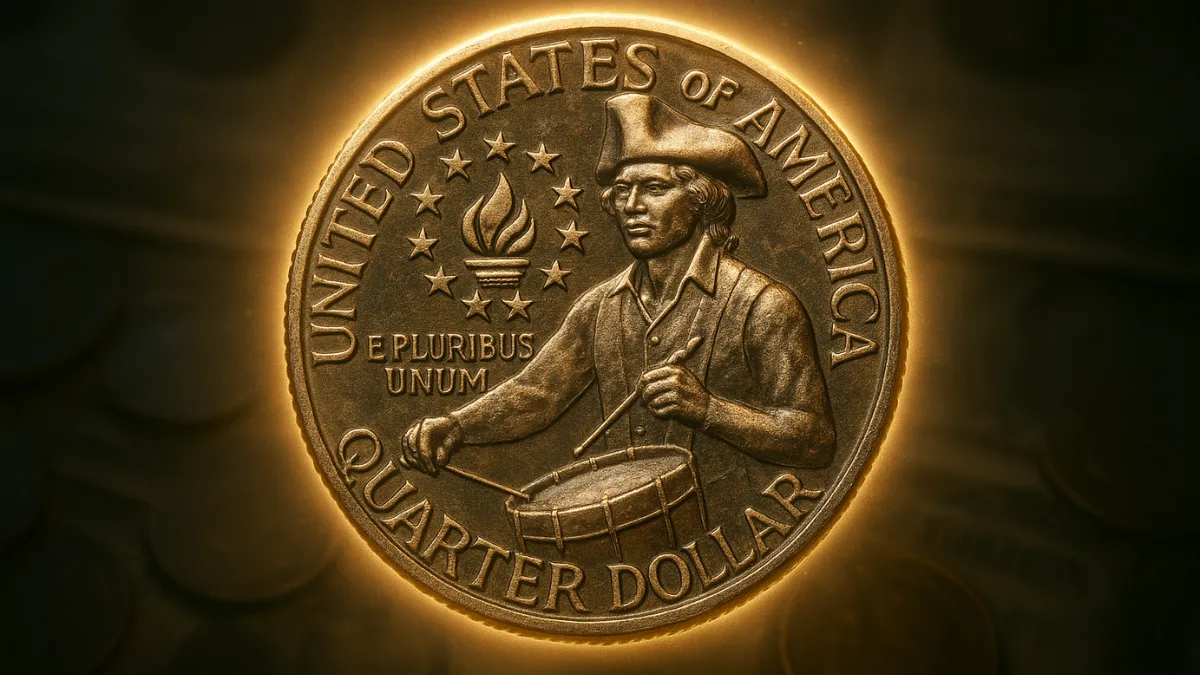The Hidden Wealth in Your Spare Change. While most people toss pennies into jars or forget them in car cup holders, some seemingly ordinary coins might be worth much more than one cent. A prime example is the Lincoln Wheat Penny, especially the rare 1943 bronze version, which has fetched an incredible $410,000 at auction.
What makes this even more intriguing is that such valuable coins could still be in everyday circulation. The next time you receive change, take a closer look—your next penny might just be a hidden fortune waiting to be discovered.
The History of the Lincoln Wheat Penny
The Lincoln Wheat Penny holds a special place in the story of American coinage. First released in 1909, it honored the 100th birthday of President Abraham Lincoln with a new and unique design.
Featuring Lincoln’s portrait on the front and two wheat stalks on the back, the coin remained in production until 1958. Its distinctive appearance and lengthy circulation made it a familiar and trusted part of daily commerce across the country for nearly half a century.
Wartime Adjustments and the Accidental Rarity
During World War II, material shortages forced the U.S. Mint to conserve copper for military needs, leading to the production of 1943 pennies using zinc-coated steel.
However, a rare and unintended error occurred when a small number of copper planchets were mistakenly left behind and used in the presses. These mishaps resulted in a few 1943 bronze pennies, with fewer than 20 known to exist today, making them an extraordinary numismatic rarity.
The Jaw-Dropping Auction Sale
The coin collecting world was stunned in 2010 when one of these rare 1943 bronze Lincoln Wheat Pennies sold at auction for a staggering $410,000. This jaw-dropping figure underscored not just the coin’s rarity, but its historical importance and the incredible story of its creation.
A coin originally worth one cent transformed into an object more valuable than many homes, demonstrating how errors and necessity during war created one of the most prized coins in America’s history.
How to Spot a Valuable 1943 Penny
To identify a valuable 1943 bronze penny, coin hunters should look for specific features. The first and most important is the date—1943. Unlike the common zinc-coated steel pennies, the rare bronze version does not respond to magnets.
It should have a warm, copper color instead of the steel’s silvery hue. The weight will also differ, with the bronze being heavier. Although the mintmark plays a role, every 1943 bronze penny is highly prized, regardless of where it was minted.
The Ongoing Hunt for Hidden Treasure
Although finding one may seem far-fetched, there’s always a chance that a 1943 bronze penny remains in circulation. Many people never inspect their spare change closely, allowing valuable coins to pass unnoticed from hand to hand.
This potential has encouraged both serious collectors and curious individuals to examine their coins more carefully. That next penny from the cashier might not just be loose change—it could be a life-changing treasure.
Preserving Your Find
If you suspect you’ve stumbled upon a valuable Lincoln Wheat Penny, handle it with extreme care. Cleaning a coin may damage it and severely lower its value in the eyes of collectors.
The best approach is to place it in a secure, protective case and have it professionally authenticated. Reputable grading services can verify its authenticity and assign it a grade, which plays a crucial role in determining the coin’s market value. Authentication is essential since counterfeit coins are common in circulation.
More Than Just Monetary Value
Besides being worth a small fortune, the 1943 bronze Lincoln Wheat Penny is a meaningful piece of American heritage. It represents the nation’s adjustments during a time of global conflict and the human errors that sometimes yield historical treasures.
To own one is to hold a physical artifact of a pivotal moment in U.S. history. Its story of rarity, value, and wartime ingenuity makes it more than just a coin—it’s a collectible full of cultural and historical significance.
A Reason to Check Your Change
While finding a 1943 bronze penny is unlikely, the excitement of possibly uncovering one adds a thrilling dimension to everyday life. Each transaction becomes an opportunity, a mini adventure for those with curious eyes.
This growing enthusiasm has fueled renewed public interest in coin collecting and sparked a desire to explore the history embedded in even the smallest of coins. All it takes is a moment to check, and that moment might be worth a fortune.
The Value of Attention to Detail
The remarkable story of the $410,000 Lincoln Wheat Penny proves that extraordinary worth can hide in plain sight. In our fast-paced lives, it’s easy to overlook everyday items, yet sometimes the smallest details hold the greatest surprises.
Even if you never come across such a rare find, the act of being observant can enrich your daily experiences and remind you of the treasures that patience and awareness can uncover.
FAQs
Why is the 1943 bronze Lincoln Wheat Penny so valuable?
This penny is valuable due to a rare minting mistake during WWII, resulting in only a handful of bronze versions being produced.
How can I tell if I have a 1943 bronze penny?
Look for a copper color, increased weight compared to steel, and check that it’s not magnetic—unlike the steel version.
How much is a 1943 bronze penny worth?
Depending on its condition, a genuine 1943 bronze penny can be worth as much as $410,000 or more at auction.
What should I do if I find a rare penny?
Do not clean it. Place it in a protective holder and have it examined by a professional numismatic grading service.
